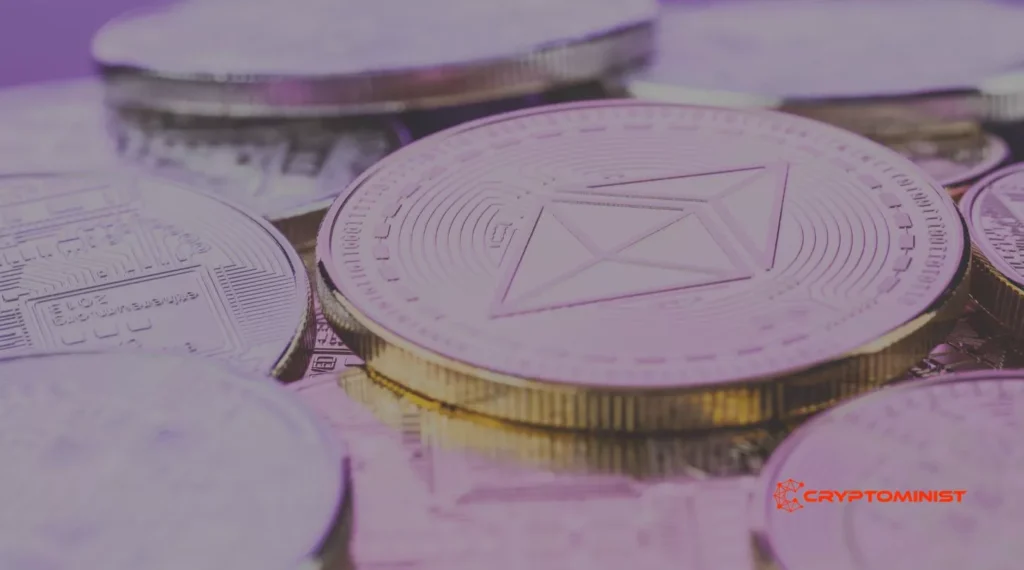Cryptocurrencies have evolved significantly since the inception of Bitcoin in 2009. While Bitcoin (BTC) remains the dominant player, a plethora of alternative digital currencies, often referred to as “altcoins,” have emerged.
This article provides an in-depth exploration of what altcoins are, their history, types, and their role in the world of cryptocurrencies.
What Are Altcoins?

The term “altcoin” is a portmanteau of “alternative” and “coin.” Altcoins encompass all cryptocurrencies other than Bitcoin. These digital currencies are alternative blockchain-based coins that were created to address Bitcoin’s limitations, offer new features, or serve specific use cases.
Altcoins can vary significantly in terms of technology, purpose, and features. While some closely resemble Bitcoin, others employ entirely different consensus mechanisms, smart contract functionality, and governance models.
The History of Altcoins
The first alternative cryptocurrency to Bitcoin, Namecoin (NMC), was introduced in April 2011. It aimed to provide decentralized domain name registration, and its creation marked the beginning of a trend in developing alternative cryptocurrencies.
As Bitcoin’s popularity grew, developers and entrepreneurs recognized the potential of blockchain technology and began creating their own cryptocurrencies. By 2013, a significant number of altcoins were circulating in the cryptocurrency market. These alternatives intended to offer more than just digital currency; they aimed to disrupt industries and provide innovative solutions.
Types of Altcoins
Altcoins can be categorized based on their underlying technology and purpose. Here are some common types:
- Forks of Bitcoin: Some altcoins are direct forks or copies of the Bitcoin source code with minor modifications. Examples include Bitcoin Cash (BCH) and Bitcoin SV (BSV).
- Smart Contract Platforms: These altcoins, like Ethereum (ETH), enable the creation of decentralized applications (DApps) and smart contracts. They have their own blockchains and virtual machines for executing code.
- Privacy Coins: Privacy-focused altcoins, such as Monero (XMR) and Zcash (ZEC), offer enhanced privacy and anonymity features.
- Stablecoins: These are cryptocurrencies designed to maintain a stable value. Tether (USDT) and USD Coin (USDC) are examples.
- Utility Tokens: Many altcoins are created to serve as utility tokens within a specific ecosystem. Examples include Binance Coin (BNB) for the Binance exchange and Chainlink (LINK) for decentralized oracles.
- Gaming and NFT Tokens: Some altcoins are tailored for in-game purchases and non-fungible tokens (NFTs). Enjin Coin (ENJ) and Decentraland (MANA) are used in gaming and virtual worlds.
- Proof of Stake (PoS) Coins: These altcoins use PoS or similar consensus mechanisms, which don’t rely on energy-intensive mining like Bitcoin. Examples are Cardano (ADA) and Polkadot (DOT).
The Role of Altcoins
Altcoins play several vital roles in the cryptocurrency ecosystem:
- Innovation: Altcoins drive innovation in blockchain technology. They experiment with various consensus mechanisms, governance models, and features, pushing the boundaries of what’s possible in the digital currency space.
- Use Case Specialization: Altcoins are often designed for specific use cases that Bitcoin may not cater to. Whether it’s privacy, decentralized applications, or stable value, altcoins provide choices for users.
- Diversification: Investors use altcoins to diversify their portfolios beyond Bitcoin. Diversification can help manage risk and capture opportunities in various niches of the cryptocurrency market.
- Competition: Altcoins create competition among digital currencies. This competition encourages projects to improve their technology and offer better solutions.
- Trading and Speculation: Many altcoins are actively traded, attracting traders and speculators. The volatility in altcoin prices can present trading opportunities.
Risks and Challenges
While altcoins offer various advantages and contribute to the growth of the cryptocurrency ecosystem, they also come with risks:
- Volatility: Altcoins often experience more significant price fluctuations than Bitcoin, which can lead to substantial gains or losses.
- Lack of Adoption: Many altcoins struggle to achieve widespread adoption or face challenges in gaining real-world use.
- Security Concerns: New altcoins may have security vulnerabilities, and the absence of network security can make them susceptible to attacks.
- Regulatory Uncertainty: Altcoins must navigate complex and evolving regulatory environments, which can impact their use and growth.
- Market Saturation: The proliferation of altcoins has led to a saturated market. It’s essential to differentiate between valuable projects and those lacking substance.
Conclusion
Altcoins have transformed the cryptocurrency landscape since Bitcoin’s creation. They offer diversity, innovation, and specific use cases that cater to various aspects of the digital economy. However, the world of altcoins is not without challenges, and it’s crucial for investors and enthusiasts to conduct due diligence and understand the unique features and potential risks associated with each altcoin they consider. The cryptocurrency market continues to evolve, and the role of altcoins in shaping this future remains significant.
If you like reading the above article, you may also like reading:







